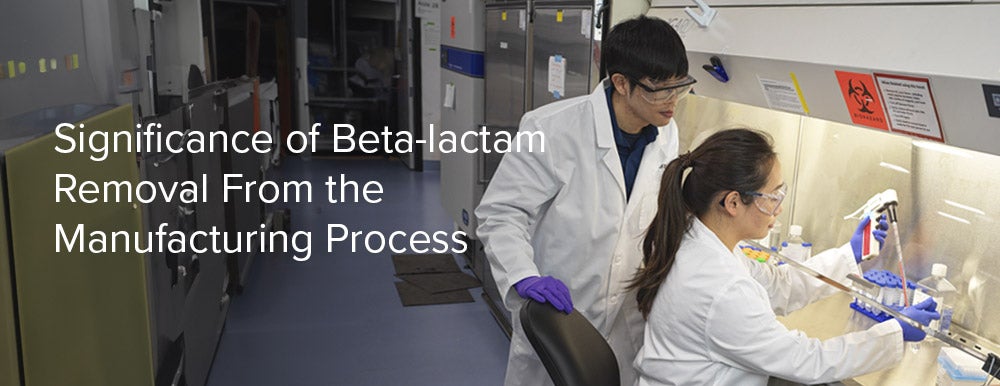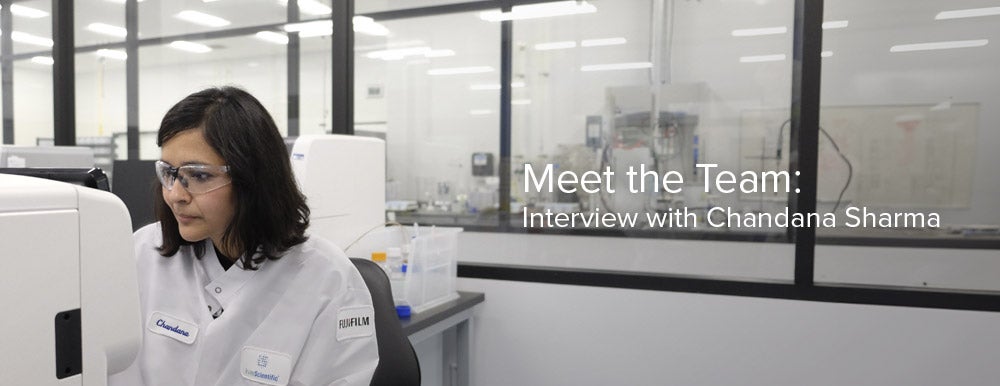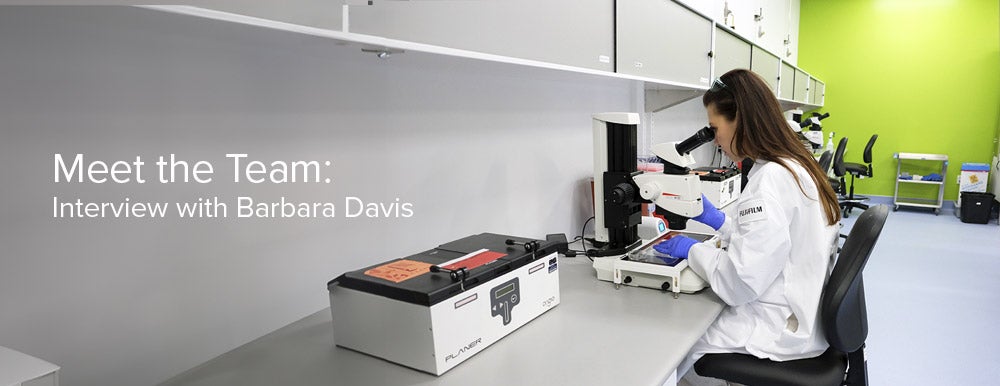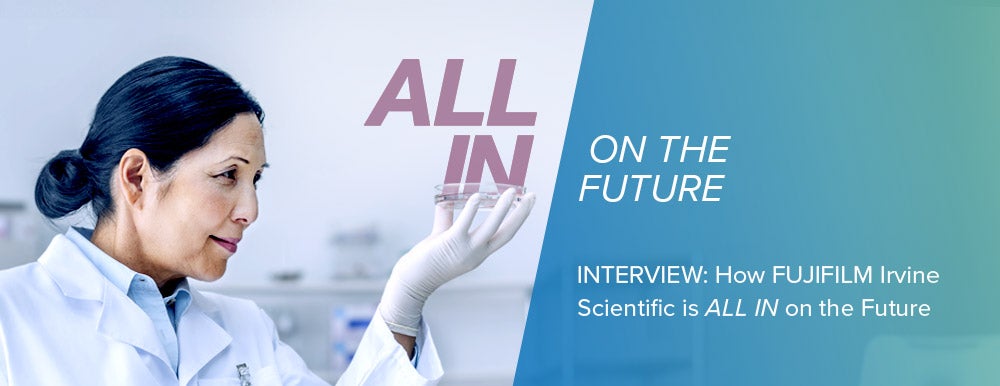We use cookies to make your experience better. To comply with the new e-Privacy directive, we need to ask for your consent to set the cookies. Learn more.
How Beta-lactams Can Pose a Risk to Your Cell and Gene Therapies

Our careful selection of raw materials and processes help to reduce risk
Regulatory agencies, including the Federal Drug Administration (FDA), the European Medicines Agency (EMA), and the International Council for Harmonization (ICH; Q7), are clear regarding the separation of sensitizing compounds, such as beta-lactams, and other drug manufacturing operations - it should be complete and comprehensive.
Beta-lactams are a class of antibiotics that includes penicillin and ampicillin. They contain a beta-lactam ring and variable side chain. Bacterial cytoplasmic membrane-associated enzymes and penicillin-binding proteins covalently bond to beta-lactams. Subsequently, the antibiotic inhibits the final step of bacterial cell wall synthesis, leading to autolysis1.
In addition to their use as an antibiotic drug, beta-lactams have also been harnessed as a selection tool in DNA cloning. When new plasmids are created, a beta-lactam resistance cassette is added. After insertion of the plasmid into a bacterial host, addition of the corresponding beta-lactam to the culture medium will effectively kill bacterial colonies that do not contain the plasmid of interest.
Despite the benefits of beta-lactams, they pose a risk to patients of life-threatening allergic reactions. Unfortunately, it is very difficult to determine the minimal amount of beta-lactam necessary to cause an allergic reaction, and detecting miniscule amounts of beta-lactam is difficult with the standard analytical methods that are currently available. Therefore, it is critical to avoid using beta-lactams to prevent the contamination of the final drug product.
Cell and gene therapy developers and manufacturers need to be cognizant of beta-lactam risks and need to have a robust strategy to prevent contamination of their final drug product. Drug manufacturers are required to comply with EMA GMP regulations for sale in the EU and 21 CFR 210/211 for sale in the US – drugs not manufactured in compliance with cGMP are considered adulterated. In its 2022 updated guidance2, the FDA recommends stringent controls to prevent contamination, including separation of facilities for processing beta-lactam and non-beta-lactam drugs, and procedural controls to prevent beta-lactam-contaminated raw materials from entering a non-beta-lactam-processing facility.
Unless mitigated, raw materials that are manufactured in facilities that use certain antibiotics (e.g. as a selection marker in the production of recombinant proteins) can potentially contaminate the cell or gene therapy drug product. Despite efforts to remove antibiotics in downstream purification steps of recombinant proteins, a residual amount may still remain. If the recombinant protein is then used in culture protocols during cell therapy manufacturing, residual beta-lactams in the final product could result in an allergic reaction.
In the best interest of your research drug development and manufacturing, FUJIFILM Irvine Scientific moved away from using beta-lactams in their Shenandoah recombinant proteins and now utilizes kanamycin or other non-beta-lactam antibiotics as a selectable marker. The use of penicillin and streptomycin, commonly referred to as “pen-strep”, has also been eliminated in favor of gentamycin. In addition, FUJIFILM Irvine Scientific only qualifies raw materials for use in cGMP manufacturing that are not manufactured in facilities that process or include beta-lactams.
As you consider sources for recombinant proteins in your culture processes, be sure there is no risk of beta-lactam antibiotics being present. Ask your supplier of recombinant proteins whether they are manufactured in a facility that uses or processes beta-lactam containing materials, so you have increased confidence that you’ve made the right choice.
References:
- Karen Bush and Patricia A. Bradford β-Lactams and β-Lactamase Inhibitors: An Overview. Cold Spring Harb Perspect Med. 2016 Aug; 6(8): a025247.
- U.S. Food & Drug Administration (FDA). (2022). Non-Penicillin Beta-Lactam Drugs: A CGMP Framework for Preventing Cross-Contamination.







